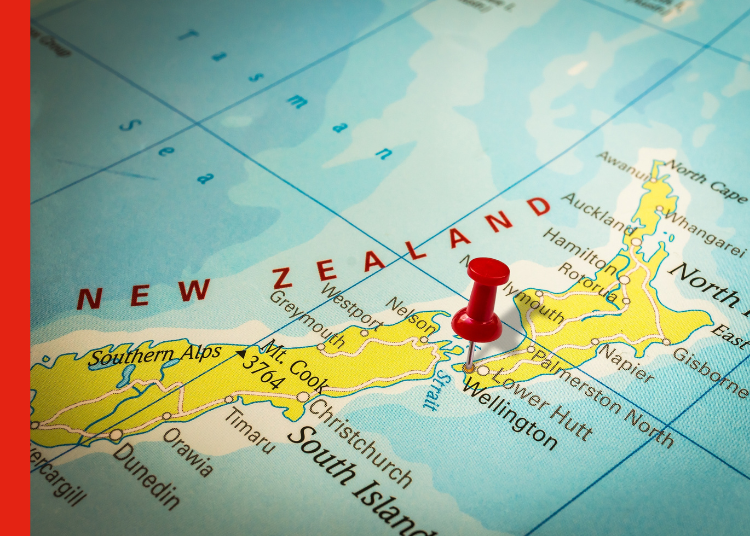
In 2020, we analysed the best places in New Zealand to be a first-home buyer – but a lot has changed since then. Four years later, we’ve crunched the data again to identify the locations with the best job markets, household incomes, relatively affordable homes, and great lifestyle factors.
With all those factors in mind, which areas are the best for first-home buyers in 2024?
1. Lower Hutt
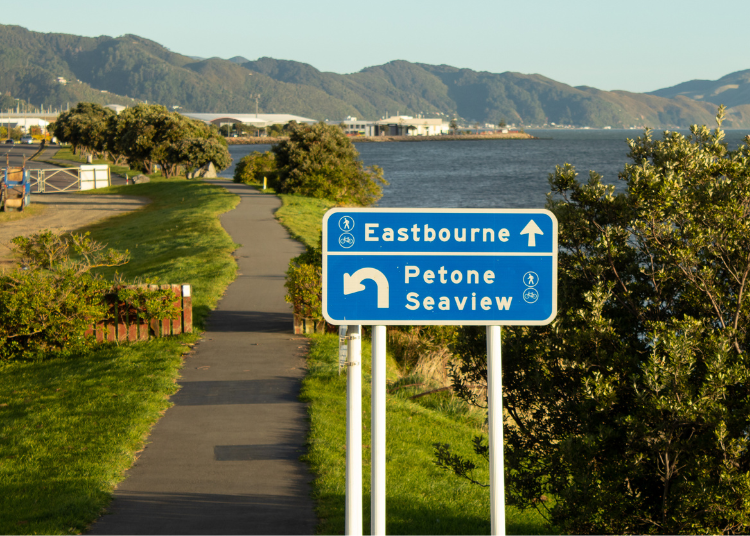
The Wellington region has the country’s highest average household earnings (over $150,000) and a thriving job market. Wellington City is vibrant and easy to navigate, with a world class café culture and a personality all its own.
But while the capital city is a great choice for anyone wanting a superb work-life balance, just up the road may be an even better compromise for the first-time buyer.
Lower Hutt is more affordable, with a median of $775,000 and a lower quartile of $614,000, compared to $955,000 and $760,000 in Wellington City. The Government's First Home Grant could help with a deposit but the properties it applies to are price capped according to area.
The $750,000 cap for existing properties in the Wellington Urban Area will give you plenty of choice throughout Lower Hutt, from smaller places in Petone through to family homes on full sections in Stokes Valley. You’re only half an hour into Wellington City, so everything you need is close at hand, but you don’t need to pay full city prices and you could have that mortgage paid off much sooner.
2. Hawke’s Bay

“An almost Mediterranean lifestyle” is how the local council describes Hawke’s Bay, with its enviable combination of vineyards, restaurants, beaches and balmy climate. It might have a modest population, but Hawke’s Bay has the one of the highest rates of job listings outside the main centres (beaten only by outlier Queenstown), with 47 jobs per 10,000 residents. Plus, average salaries in Hawke’s Bay were the highest in New Zealand in February.
The First Home Grant price cap in Hawkes Bay is $625,000, which will comfortably buy you a lower-quartile home in either Hastings ($551,000), Napier ($592,000). Flaxmere had the highest proportion of first-home buyers in the country in early 2022, and you can still pick up a classic three-bedroom home on a full section here for below the house price cap.
3. Christchurch
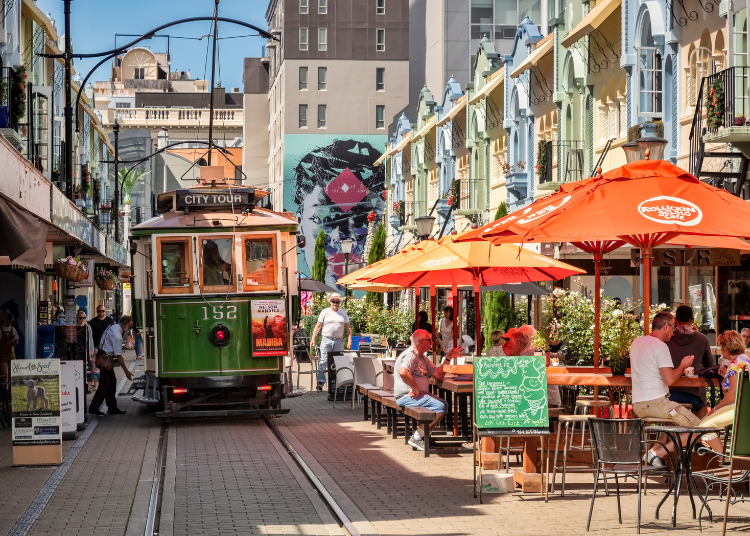
Christchurch topped this list in 2020, and four years later it remains an excellent choice for first-home buyers. It has some of the newest overall housing stock in Aotearoa, and it’s a fantastically accessible city with a network of cycleways, new roads, a ferry service and a useful bus system. The central city regeneration is a success, the local schools are highly rated, and the weather can be stunning.
There are more than 40 jobs per 10,000 residents in Canterbury, with average household incomes over $120,000. The median house price is $742,000, with a lower quartile of $552,000. The house price cap of $575,000 will buy you a two- or three-bedroom home in one of the satellite suburbs such as Woolston, Bromley or Hornby – though well-presented examples are thin on the ground – or an apartment in the city centre.
4. Papakura and Franklin, Auckland
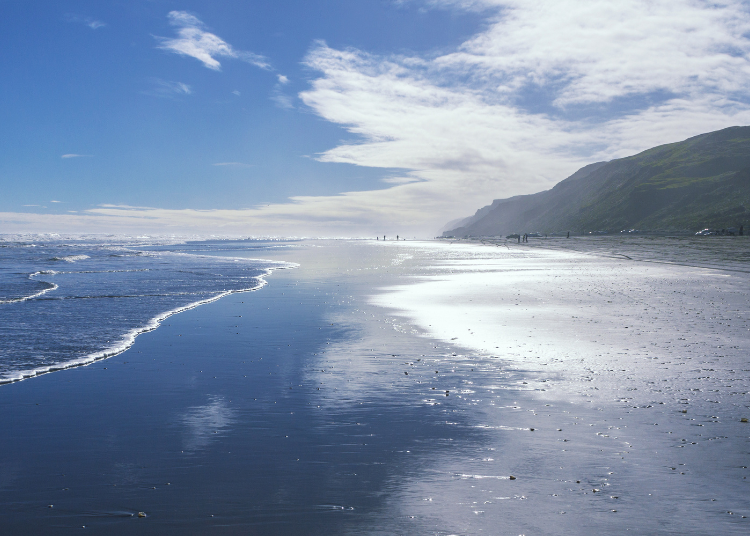
Traffic might be a nightmare, but Auckland is ranked among the world’s most liveable cities for good reasons. Warm weather, gorgeous beaches, and the country’s top schools are among the many selling points.
Auckland has by far the largest and most varied job market in the country. Incomes are also strong, with Auckland households earning an average of around $150,000 a year. You’ll need a decent income because housing is costly; in four of Auckland’s seven old wards, median house values are over $1.1 million.
But just south of Auckland, two are more affordable: Papakura and Franklin in the south have median values just under $900,000. The First Home Grant price cap in Auckland is $875,000, which would buy you a lower quartile home in Papakura ($759,000) or Franklin ($735,000). You will get a three-bedroom home at that price point, often on a decent section, but expect it to need a comprehensive reno.
Unfortunately, the city’s 1.7 million inhabitants all like to travel by car, so traffic is an ongoing challenge if you want to work in the CBD but live in these more affordable areas. If you can find a workplace closer to home, however, Auckland has everything you need to enjoy a fantastic lifestyle – entertainment, beaches, activities, amenities, and shopping.
5. Hamilton
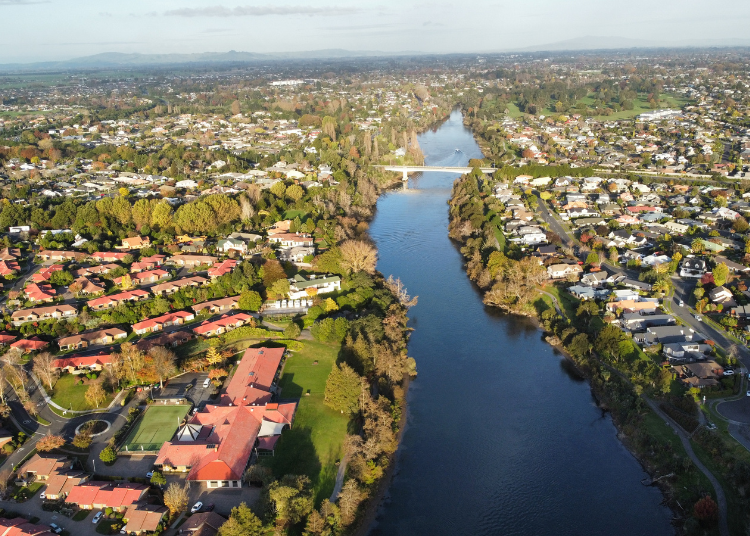
Hamilton made the list in 2020 as a top spot for first-home buyers, and it remains a solid choice. It’s a young, fast-growing city with a solid job market and average household incomes over $120,000. Easy to get around by car, with new cycleways adding to its accessibility, residents are handy to Auckland, Tauranga and the lakes.
Hamilton has a median house value of around $800,000 (up from $650,000 in 2020) and a lower-quartile value of $636,000, against a house price cap of $650,000. For that budget you’ll pick up a three-bedroom family home in a suburb like Fairfield, as long as you’re prepared to tackle some renovations. Alternatively, you could plump for a newer, smaller townhouse or apartment in the city centre.
Honourable mention: Invercargill
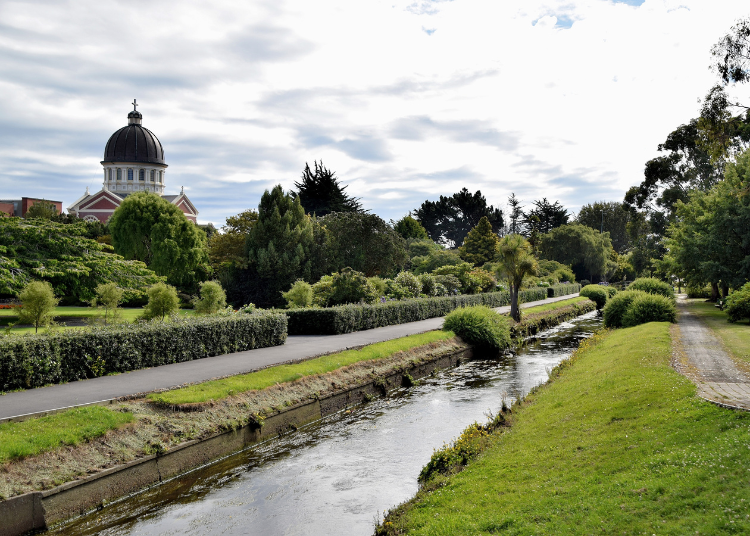
Affordable, liveable, plenty of job listings and the third highest income levels in the country – you’ll be spoilt for choice when buying a first home in Invercargill. You’ll just need to acclimatise to the Southland weather.
*Sources: Median house values for all stock (not sales prices) as at January 2024 supplied by CoreLogic; property listings on TradeMe Property and recent sales on Homes.co.nz; regional household incomes (average income from all sources collected) from StatsNZ; jobs rate for each region (not territorial authority) from Seek on February 14 2020, dividing by the population for the region sourced from Stats NZ, and multiplying by 10,000; updated First Home Grant price cap data available here.
